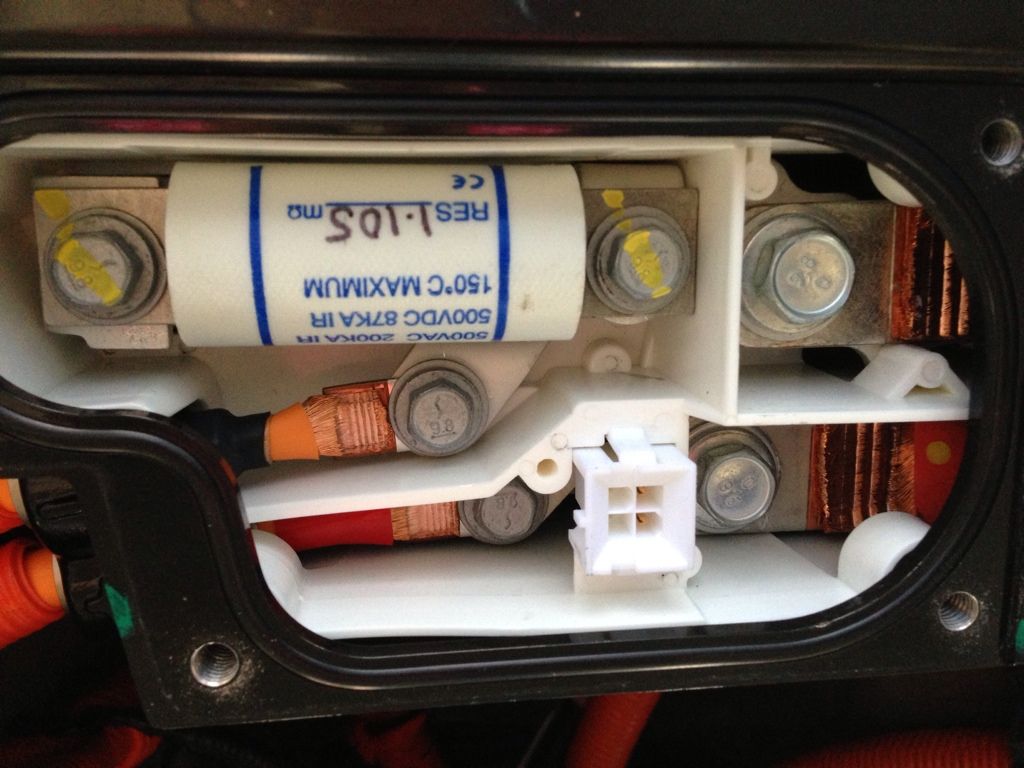reeler said:
App looks nicer than Carwings. Is EnTune as painfully slow to send commands and get status?
Is the communication free forever with the RAV4 or the like Nissan who I think starts charging after 3 years.
I haven't used the CarWings app in so long, I can't really compare. EnTune seems to work fine, and like any app, I can find things I'd like done different / better.
http://www.toyota.com/entune/learning-center/premium/help-support/faq/index.html" onclick="window.open(this.href);return false;
Is Entune™ a fee-based service?
All new Entune™-equipped Toyota vehicles come with complimentary access to Entune™ apps and data services for three years, active from the point of sale.
After three-years of complimentary access, Entune™ users can elect to continue their access to Entune™ apps and/or data services for a monthly access fee:
For Display Audio w/ Navigation/ Entune™ owners and Premium HDD Navigation w/ Entune™ owners, access to Entune™ apps is estimated at $5/month*
For Display Audio w/ Navigation/ Entune™ owners, access to Entune™ data services is estimated at $5/month*
For Display Navigation/ Entune™ owners, access to Entune™ apps is estimated at $5/month*
For Display Navigation/ Entune™ owners, access to Entune™ data services is estimated at $5/month*
For Premium HDD Navigation with Entune™ owners, the SiriusXM [8] data services package (NavTraffic™, NavWeather™, Travel Link™ (Fuel and Sports & Stocks)) is available from SiriusXM [8] for $8.99/monthˆ
SXM data is delivered directly to the multimedia system via satellite
SXM data services do not rely on the customer’s cell phone data plan
SXM data services provide an "Always On" feature
NavTraffic™, NavWeather™ and Travel Link™ subscriptions are also available separately
NavTraffic™ = $3.99/monthˆ
NavWeather™ = $9.95/monthˆ
Travel Link™ (Fuel and Sports & Stocks)= $1.99/monthˆ
Note that Satellite Radio (XM Select Package) requires a separate SiriusXM [8] subscription after the 90-day trial period and is available for an additional $14.49/monthˆ
* Pricing for Entune™ access post three-year complimentary access period is an estimate. The addition of new Entune™ applications and services may warrant a price change. Applications and data services are subject to change without notice. Currently there is no charge for Pandora®
ˆ Other fees and taxes may apply. Subscriptions are continuous until you call 1-866-635-2349 to cancel. See SiriusXM [8] Customer Agreement at http://www.siriusxm.com" onclick="window.open(this.href);return false; for details. SiriusXM [8] prices reflect non-negotiated rates and are subject to change.




